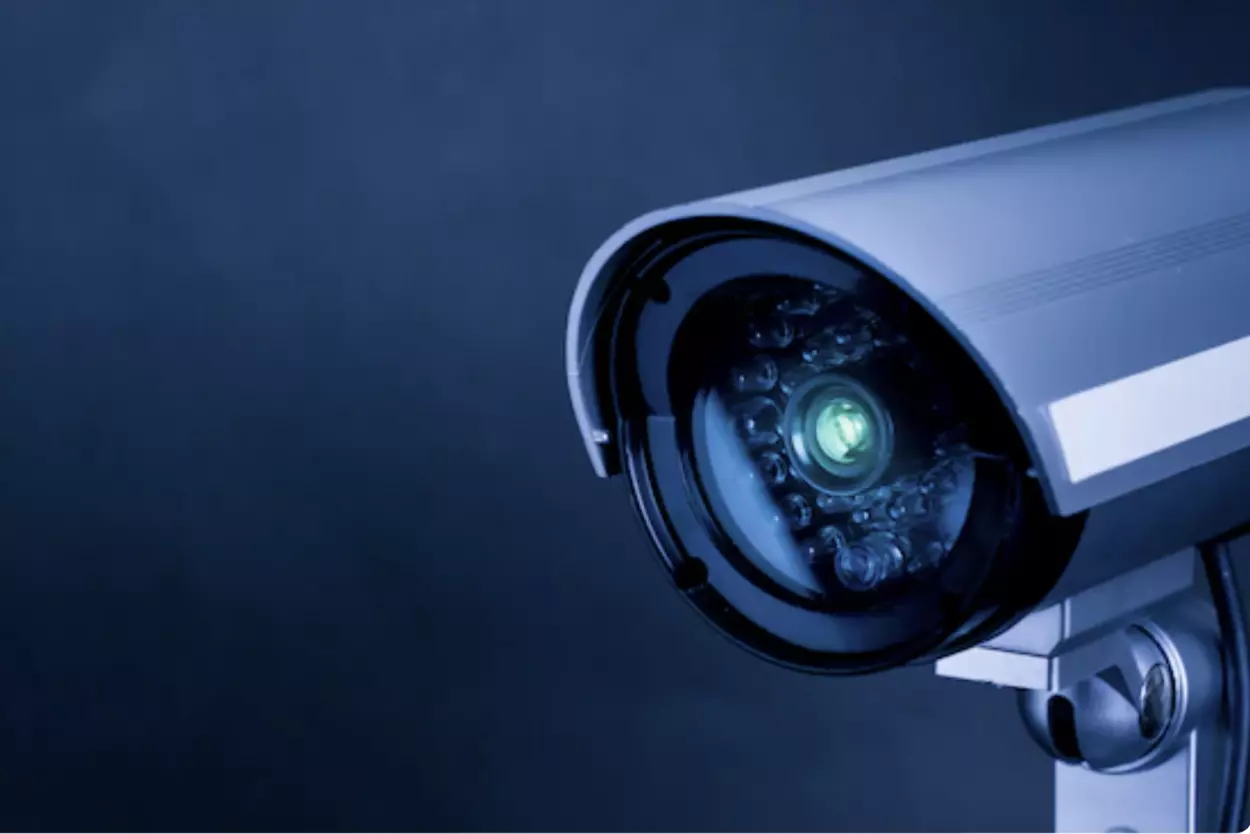Fire detection and monitoring systems are essential for ensuring the safety of people, property, and assets. These systems are designed to detect and alert people to the presence of fire, smoke, or other hazardous conditions, allowing for quick response and prevention of damage or loss. In this blog, we will explore the different types of fire detection and monitoring systems, their components, and how they work.
Types of Fire Detection and Monitoring Systems
There are several types of fire detection and monitoring systems, including:
Conventional Fire Alarm Systems Conventional fire alarm systems are commonly used in small to medium-sized buildings. These systems are designed to detect smoke or heat in a specific area or zone and are connected to a control panel that alerts occupants of the building to the presence of a fire.
Addressable Fire Alarm Systems Addressable fire alarm systems are commonly used in larger buildings, such as hospitals, schools, and offices. These systems are designed to detect smoke or heat in specific areas or zones and provide detailed information about the location of the fire to the control panel.
Aspirating Smoke Detection Systems Aspirating smoke detection systems are highly sensitive and are often used in areas where early detection is critical, such as data centers and museums. These systems use a network of pipes to draw air samples from the environment and detect even the smallest amounts of smoke or particles.
Flame Detection Systems Flame detection systems are used to detect flames or fires in hazardous environments, such as oil rigs, chemical plants, and power stations. These systems use specialized sensors to detect the presence of flames and can activate alarms or emergency response systems.
Components of Fire Detection and Monitoring Systems
Fire detection and monitoring systems typically include the following components:
Control Panel The control panel is the central hub of the fire detection and monitoring system. It receives signals from the sensors and activates alarms or emergency response systems.
Sensors Sensors are used to detect smoke, heat, or other hazardous conditions. These sensors can be placed in specific areas or zones to provide detailed information about the location of the fire.
Alarms Alarms are used to alert people to the presence of a fire or other hazardous conditions. These alarms can be audible or visual and are often linked to emergency response systems.
Emergency Response Systems Emergency response systems are used to alert emergency services and other personnel to the presence of a fire or other hazardous conditions. These systems can include sprinklers, fire suppression systems, and other measures designed to prevent damage or loss.
How Fire Detection and Monitoring Systems Work
Fire detection and monitoring systems work by detecting smoke, heat, or other hazardous conditions and alerting people to the presence of a fire. When a sensor detects smoke or heat, it sends a signal to the control panel, which activates the alarm and other emergency response systems.
The control panel can also provide detailed information about the location of the fire, allowing emergency services and other personnel to respond quickly and effectively. In some cases, the control panel can also activate fire suppression systems, such as sprinklers, to prevent the spread of the fire.
Conclusion
Fire detection and monitoring systems are essential for ensuring the safety of people, property, and assets. These systems can detect smoke, heat, or other hazardous conditions and alert people to the presence of a fire, allowing for quick response and prevention of damage or loss. With the right system in place, buildings and facilities can be protected from the devastating effects of fire, providing peace of mind and protection for everyone involved.



